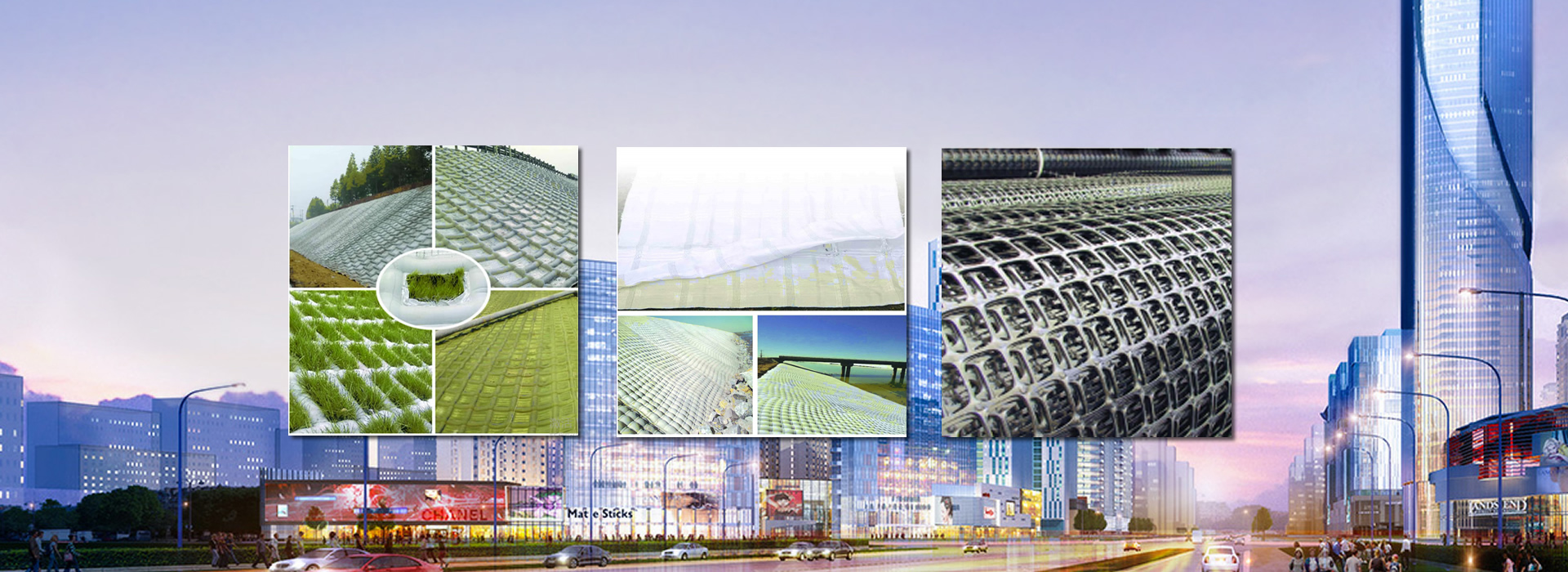What is short fiber needle punched geotextile? Characteristics and uses of geotextile
Nearly 60% of the geotextiles used in most engineering projects are short fiber geotextiles, which are widely adopted due to their low cost, high technical indicators, and good acid and alkali resistance; However, anti-seepage geotextile and anti-seepage geotextile are two completely different products. The former is a permeable material, while the latter is the opposite, being an anti-seepage material; For the latter, geotextile only serves as a waterproof protective film. Below are two materials compiled by the editor for your reference only.
The so-called geotextile refers to the use of needle punching or weaving methods to weave synthetic fibers into permeable geotextiles, namely short fiber geotextiles or short fiber geotextiles. The product is in the form of fabric, generally 1-6 meters wide and 50-100 meters long. Short wire geotextile has good mechanical properties, good water permeability, corrosion resistance and aging resistance. It has the functions of isolation, anti filtration, drainage, protection, reinforcement, reinforcement, etc. It is suitable for uneven base course, resistant to external construction force damage, low creep, and can still maintain its original function under long-term load.
The characteristics and uses of short fiber needle punched geotextile: good flexibility, easy construction, and excellent permeability, filtration, and isolation performance. Suitable for anti-seepage, isolation and drainage maintenance of highways, railways, dams, and reclamation projects. In the production of geotextiles, raw materials not only need to consider the requirements of the usage environment for their physical and chemical properties, but also the cost of the product. In terms of performance, the following aspects are mainly considered: excellent physical and mechanical properties: Geotextiles work in harsh environments, often soaked in water or laid in wet soil, so they must have good resistance to hydrolysis and wet mechanical properties.
Anti UV radiation, hydrolysis resistance, high and low temperature resistance: Geotextiles should be exposed to sunlight and have corresponding UV resistance properties; Geotextile should adapt to the temperature when in contact with asphalt and other materials, requiring a high melting point. Chemical resistance, corrosion resistance, and mold resistance: Water and soil are very different, some are alkaline, some are acidic, and some contain multiple elements, so they must have chemical stability. Good permeability: Geotextiles require breathability for filtration and drainage, so they must be breathable.
笔记


